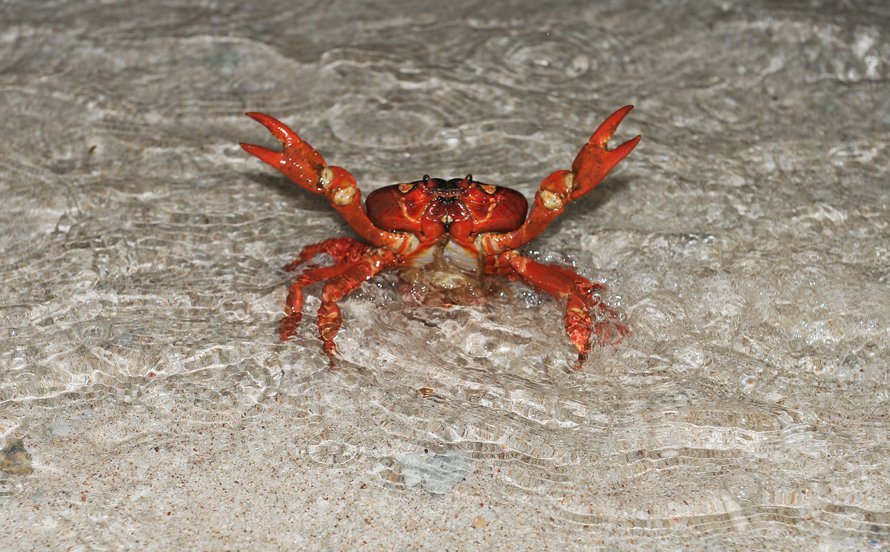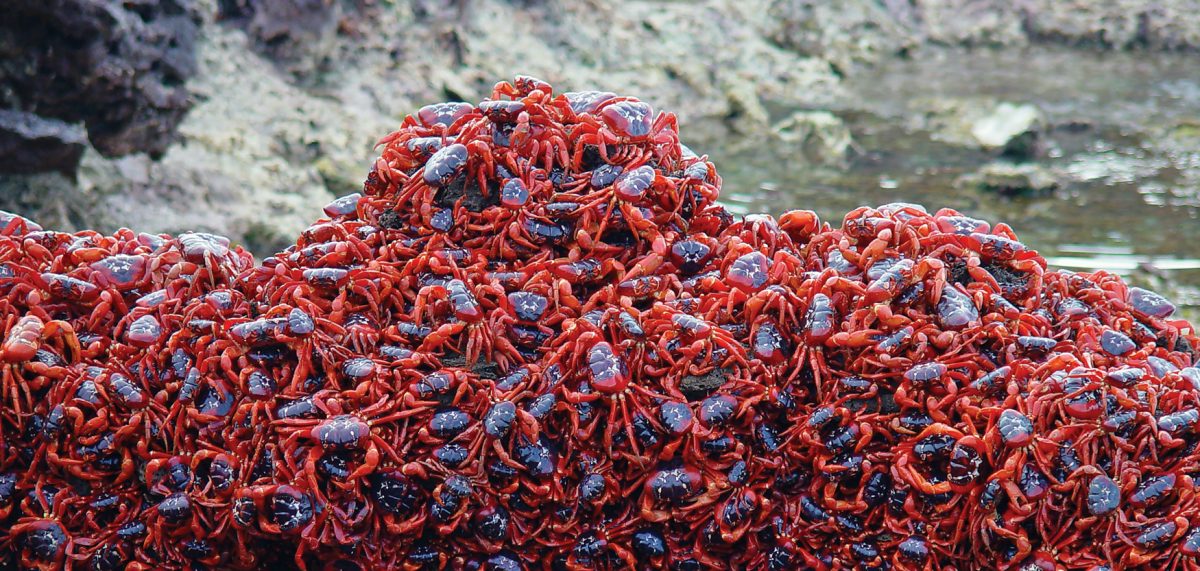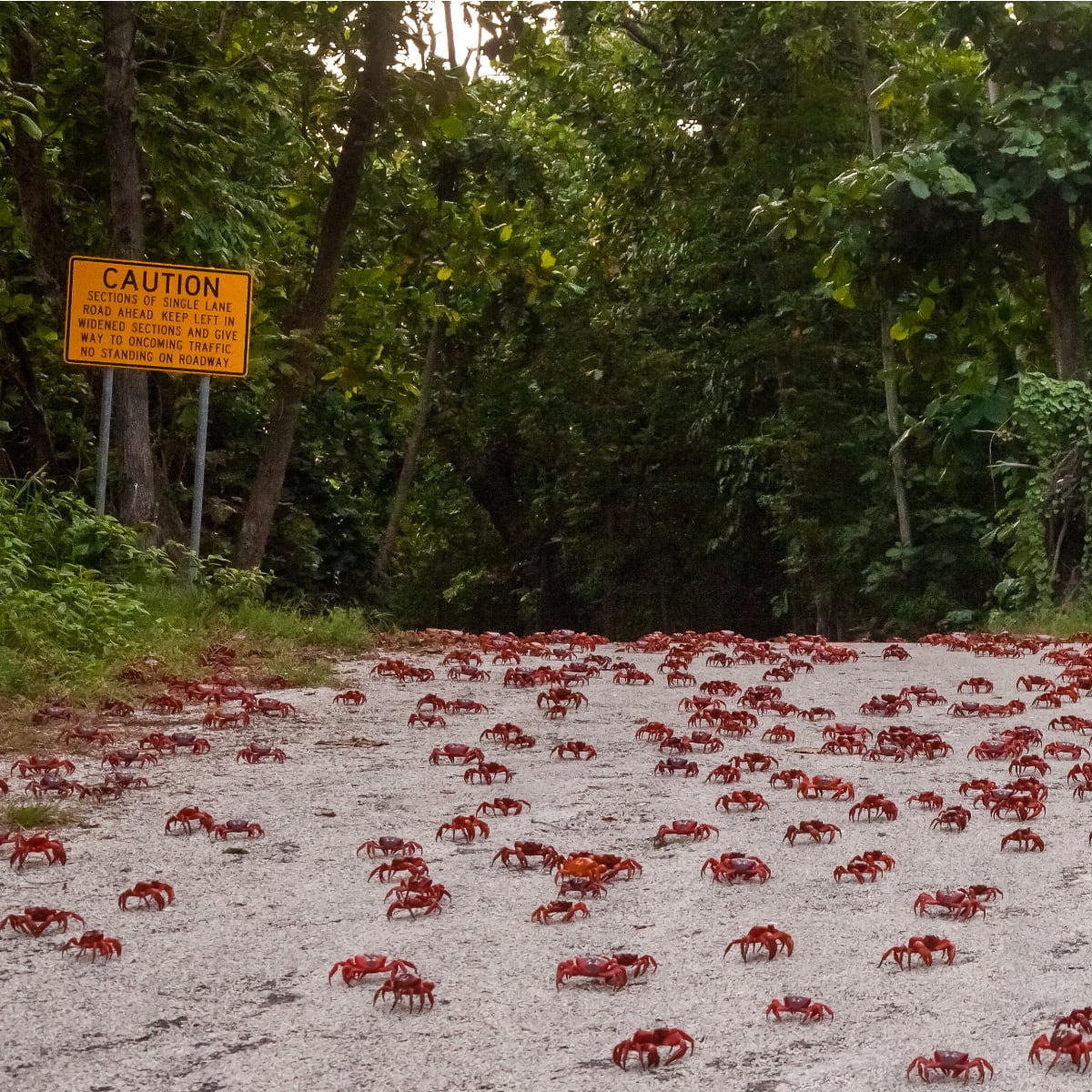Christmas Island Red Crabs: Unveiling the Predators Threatening Their 2024 Migration
Related Articles: Christmas Island Red Crabs: Unveiling the Predators Threatening Their 2024 Migration
- Christmas Images In Blue: A Serene And Tranquil Holiday Palette For 2024
- Christmas Images Of Jesus, Mary, And Joseph: A Journey Of Faith And Devotion
- Christmas Images Of Peace On Earth 2024
- Christmas Images Of New York City 2024: A Dazzling Display Of Holiday Cheer
- Christmas Images For Desktop Background 2024: Capture The Festive Spirit
Introduction
In this auspicious occasion, we are delighted to delve into the intriguing topic related to Christmas Island Red Crabs: Unveiling the Predators Threatening Their 2024 Migration. Let’s weave interesting information and offer fresh perspectives to the readers.
Table of Content
Video about Christmas Island Red Crabs: Unveiling the Predators Threatening Their 2024 Migration
Christmas Island Red Crabs: Unveiling the Predators Threatening Their 2024 Migration

Introduction
The annual Christmas Island red crab migration is a mesmerizing spectacle that attracts nature enthusiasts from around the globe. However, the survival of these iconic crustaceans is under threat from a growing number of predators. In this article, we delve into the diverse predators that pose a danger to the red crabs and explore the measures being taken to protect their extraordinary journey in 2024.
The Predators’ Arsenal
The red crabs face a gauntlet of predators throughout their migration route. These include:
1. Yellow Crazy Ants (Anoplolepis gracilipes):
These invasive ants, introduced to the island in the 1930s, are a major threat to the crabs. They form dense colonies that release formic acid, which is lethal to crabs.
2. Ghost Crabs (Ocypode spp.):
These nocturnal predators ambush red crabs on the beaches. Their powerful claws can crush the crabs’ exoskeletons, making them an opportunistic threat.
3. Rats (Rattus spp.):
Black rats and Polynesian rats prey on red crabs, especially during their vulnerable molting period. Their sharp teeth can penetrate the crabs’ soft shells.
4. Birds:
Seabirds, such as frigatebirds and boobies, target the crabs during their beach crossings. Their sharp beaks can inflict fatal wounds.
5. Lizards:
Monitor lizards, such as the Komodo dragon, are apex predators that prey on red crabs. Their powerful jaws and sharp teeth can quickly dispatch even the largest crabs.
The Impact on the Migration
The presence of these predators poses a significant challenge to the red crabs’ migration. Crabs must navigate through areas infested with yellow crazy ants, which can wipe out entire colonies. Ghost crabs and rats prey on the crabs during their weakened molting phase, while birds and lizards target them during the vulnerable beach crossings.
The cumulative impact of these predators can disrupt the migration, reduce the number of crabs reaching their breeding grounds, and jeopardize the overall health of the population.
Conservation Efforts
Recognizing the severity of the threat, conservationists and the Australian government have implemented various measures to protect the red crabs and their migration:
1. Ant Eradication Program:
A concerted effort is underway to eradicate yellow crazy ants from the island. This involves using bait stations and biological control agents to reduce ant populations.
2. Predator Exclusion Fences:
Fences have been erected in key areas along the migration route to prevent rats and other predators from accessing crab colonies.
3. Public Awareness Campaigns:
Education and awareness programs are conducted to inform the public about the importance of protecting the red crabs and their migration.
4. Monitoring and Research:
Ongoing monitoring and research are essential to track predator populations and assess the effectiveness of conservation measures.
Outlook for 2024
The conservation efforts implemented to protect the Christmas Island red crabs are critical to ensuring the success of their 2024 migration. However, the challenges posed by predators remain significant.
The eradication of yellow crazy ants is a complex and ongoing process, and the effectiveness of predator exclusion fences will depend on their maintenance and expansion. Public awareness and support are crucial for the long-term conservation of the red crabs and their extraordinary journey.
Conclusion
The Christmas Island red crab migration is a testament to the resilience and beauty of the natural world. However, the presence of predators poses a serious threat to this iconic event. By understanding the predators’ arsenal, implementing conservation measures, and raising public awareness, we can help protect the red crabs and ensure the continuation of their awe-inspiring migration for generations to come.





![]()


Closure
Thus, we hope this article has provided valuable insights into Christmas Island Red Crabs: Unveiling the Predators Threatening Their 2024 Migration. We hope you find this article informative and beneficial. See you in our next article!
